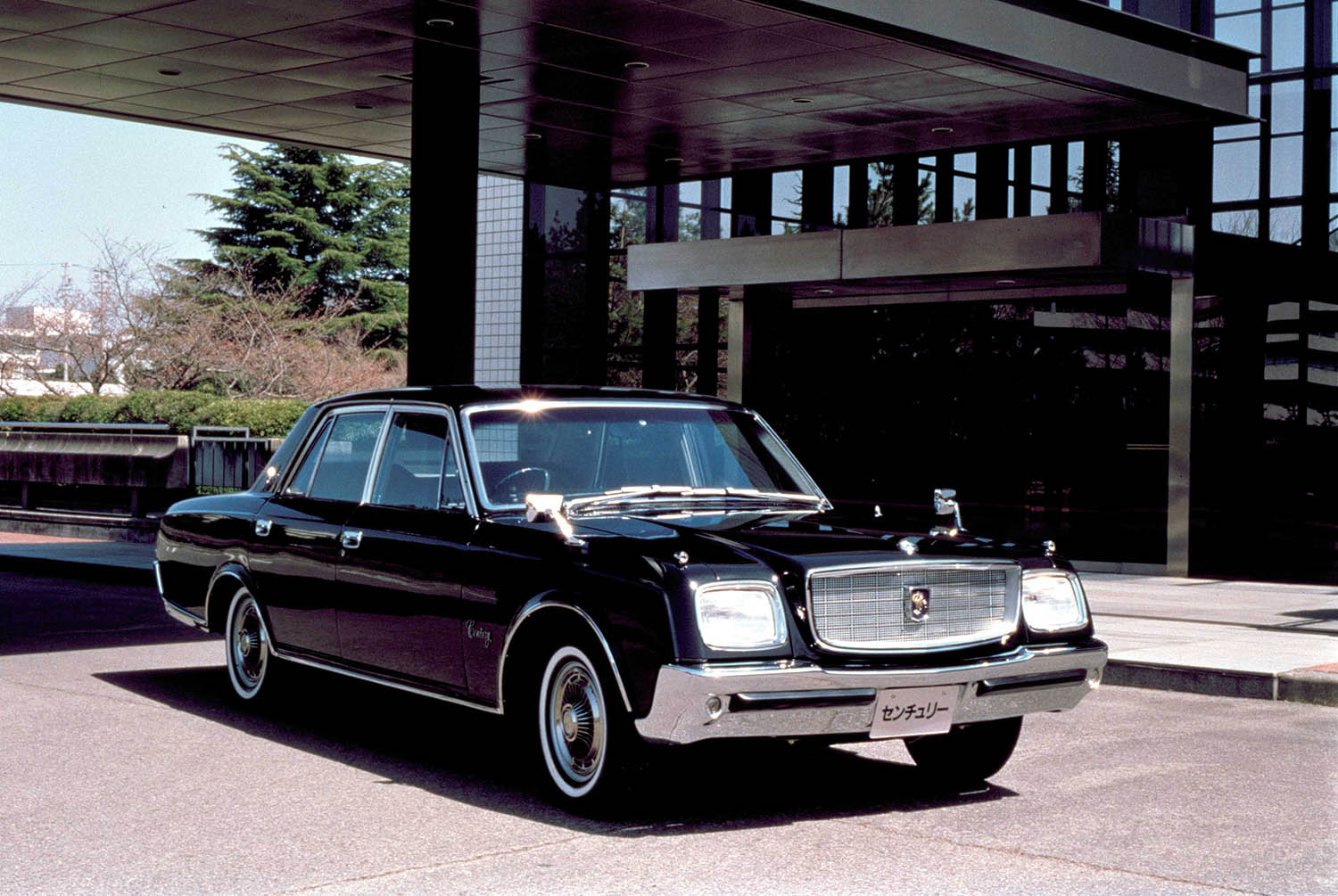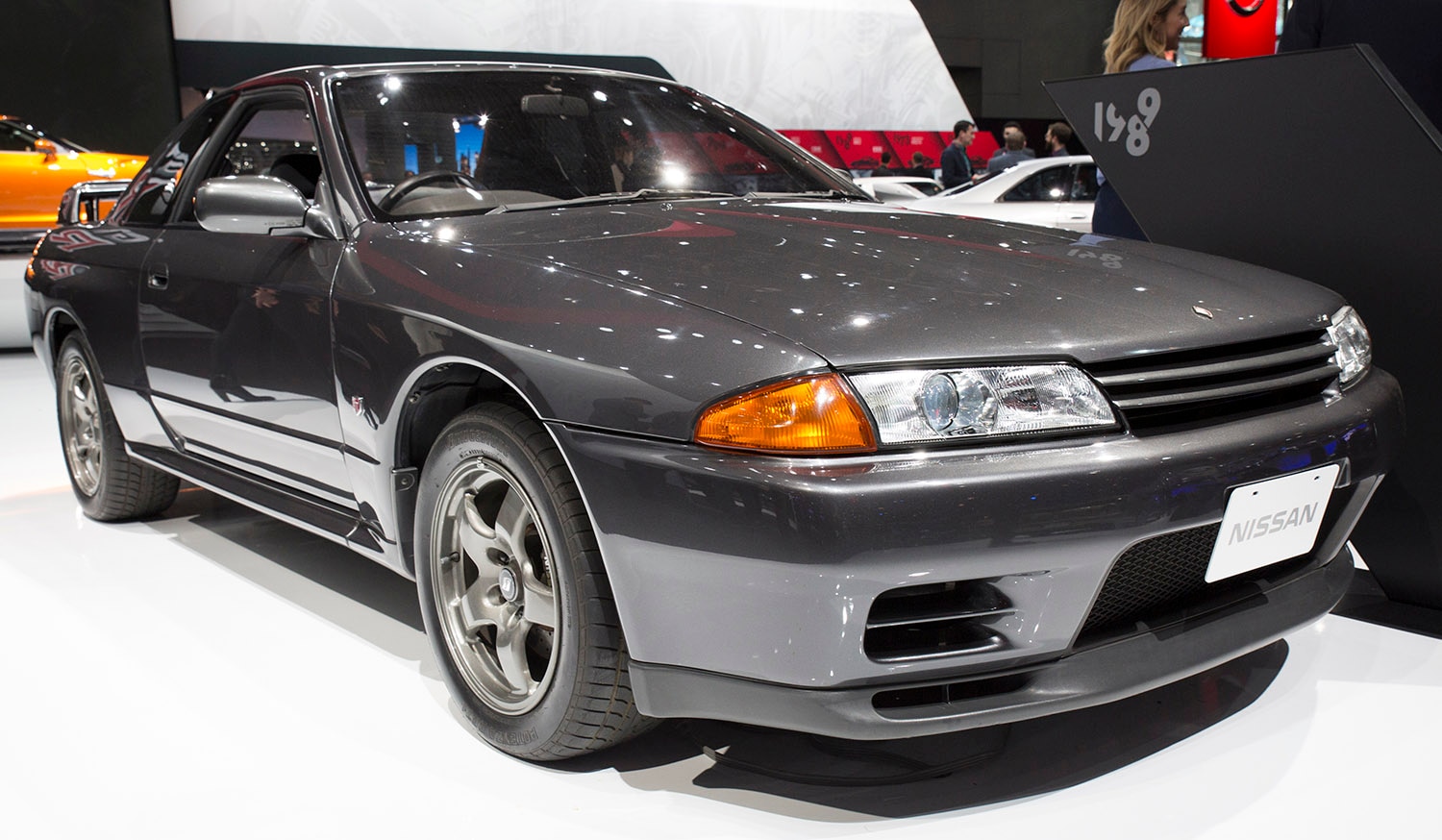How to Import a Car to the United States
Not every cool vehicle is eligible, but many older ones are.
 Toyota
Toyota
When you're driving on a U.S. road and you see a fascinating-looking vehicle that you know was never sold here — say a stately Toyota Century sedan or a sleek Matra Bagheera sports car — and it has legitimate registration tags, you may ask yourself: Well, how did it get here? It's possible to import overseas-market cars and trucks to our shores and get them fully legal for use on public roads, provided you learn the regulations.
Here's a quick guide to the most important things to know about the process of importing a vehicle to the U.S.
 Toyota
Toyota
What Vehicles Can Be Imported?
If you don't want your car to be impounded and crushed when it shows up at the port or border crossing (yes, this
This means that when your car first appears in front of U.S. Customs and Border Protection, it must have been manufactured at least 25 years earlier to the day, as verified on the manufacturer's build tag. If your dream car is a bit too young when you buy it, you'll need to arrange to have it stored overseas until it's old enough.
You're not done once you've met federal requirements. Every state has its own set of vehicle regulations that might frown on your freshly imported '98 Alfa Romeo 166, to give one example, so equipping yourself with knowledge of your state's specific requirements will likely prove helpful. California, for instance, has strict emissions standards and requires a smog inspection for most gasoline-powered vehicles built after 1975, while Maine and Rhode Island will no longer register some Japanese-market small trucks.
 Nissan
Nissan
Buying and Shipping Overseas Cars
One move that may prove helpful when you're starting out on the importation journey is to connect with U.S. enthusiasts who have already imported the type of vehicle you want — digital routes to these people include online forums and social media groups — and get the inside scoop from them. They'll have real-world experience with the overseas car-search sites, brokers, and shippers they used to buy and ship their cars.
Many of the companies that help you find and pay for vehicles from outside the U.S. are able to handle the shipping and country-of-origin paperwork as part of their services — this will probably make the process much simpler for you. For the same reason, it can be worth paying a customs broker on the U.S. side to help you and your car through the process.
 Fiat
Fiat
Paperwork and Costs
When it comes to paperwork, the exact forms and information may vary by vehicle and by state requirements. At the very least, you'll likely need the following documents:
- Vehicle title from originating country
- Bill of sale
- Bill of lading, issued by the shipper
- National Highway Traffic Safety Administration Form HS-7
- Environmental Protection Agency Form 3520-1
- CBP Form 7501 (issued to you by U.S. Customs agents at the port if everything is in order)
Aside from any fees charged by agents and brokers, there will be a duty of 2.5% for cars and 25% for trucks, based on the price paid in the originating country.
Written by humans.
Edited by humans.
 Murilee Martin
Murilee MartinMurilee Martin is the pen name of Phil Greden, a Colorado-based writer who appreciates Broughams d'Elegance, kei cars, Warsaw Pact hoopties, and the Simca Esplanada.
Related articles
View more related articles